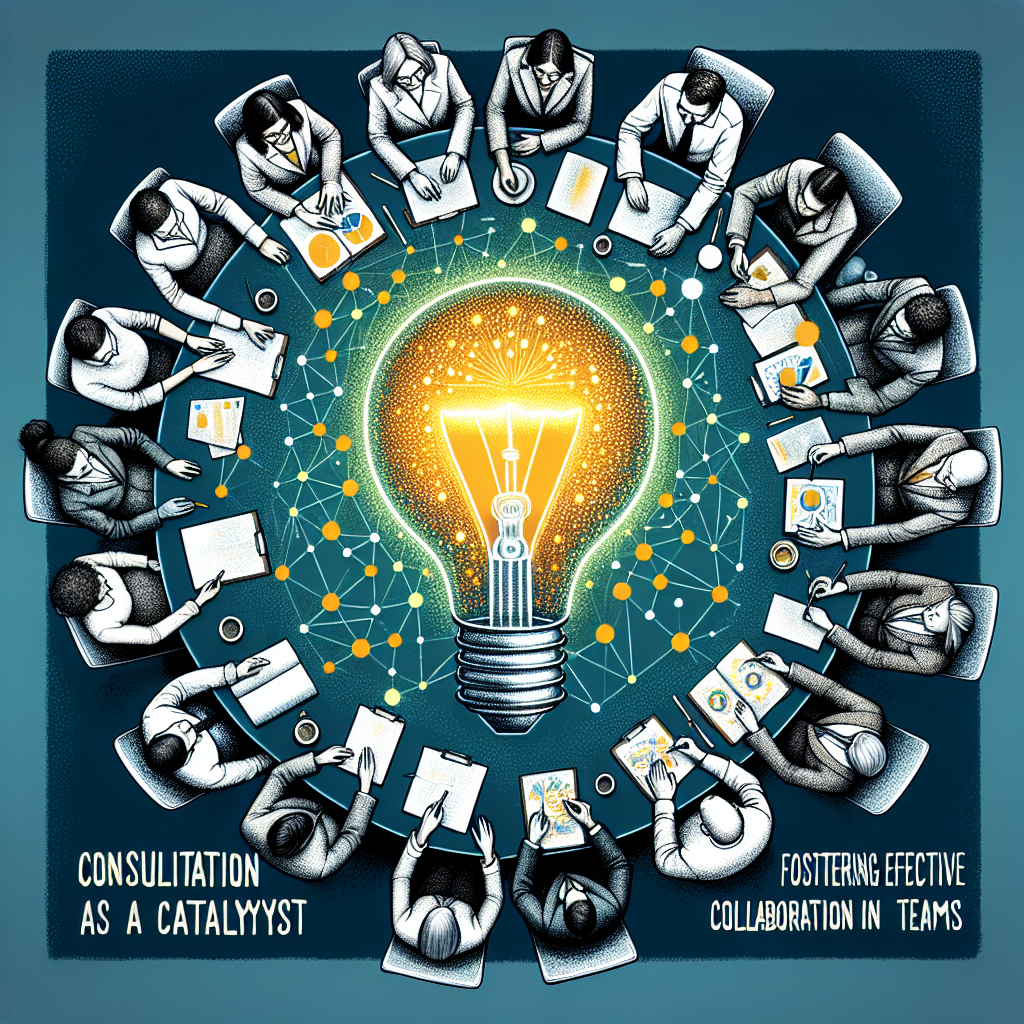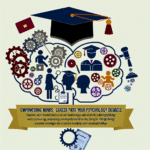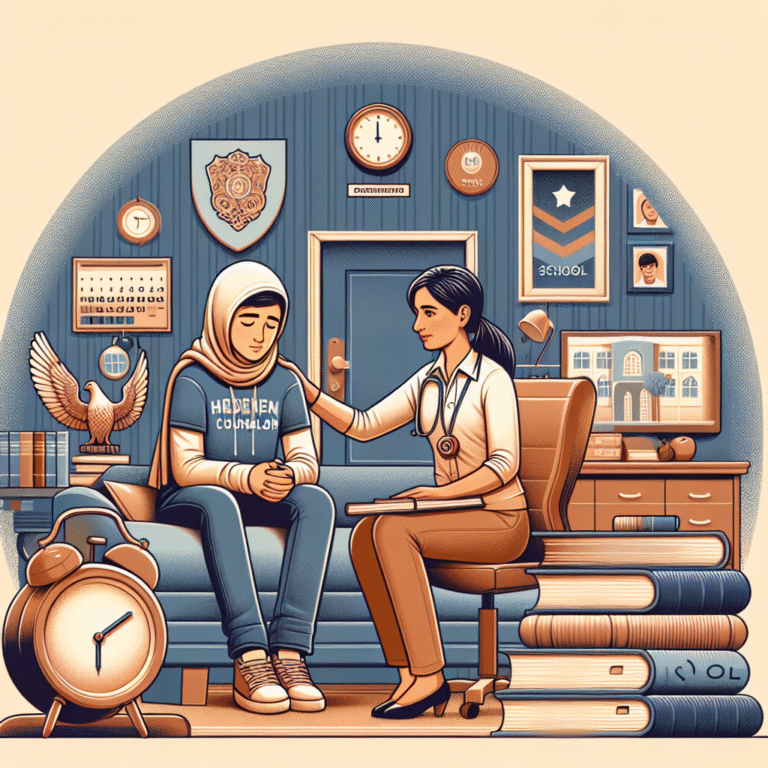
Introduction
In an era where teamwork is pivotal for success in any organization, understanding the mechanisms that foster effective collaboration becomes essential. Consultation as a Catalyst: Fostering Effective Collaboration in Teams not only emphasizes the importance of dialogue but also highlights how structured conversations can spark innovations, enhance coherence, and ultimately lead to success. With diverse perspectives, proficient collaboration, and mutual respect, teams can transform challenges into opportunities.
This article aims to unravel the profound impact of consultation on team dynamics, weaving through real-world applications and convincing evidence. Whether you are a team leader, a project manager, or simply passionate about teamwork, this comprehensive exploration will provide you with valuable insights to elevate your collaborative practices.
Understanding Consultation
What Is Consultation?
Consultation involves engaging with team members to gather insights, foster ideas, and address concerns. It’s a two-way street, enabling all participants to express their opinions and collaboratively develop solutions. Effective consultation sets the groundwork for trust and respect within teams.
Why Is Consultation Important?
- Enhances Communication: Opens channels for feedback and discussions.
- Promotes Inclusion: Ensures that all voices are heard, fostering a sense of belonging.
- Boosts Innovation: Diverse viewpoints can lead to creative solutions that might not surface in a more siloed environment.
The Role of Consultation in Team Collaboration
Building a Collaborative Environment
In the landscape of teamwork, creating a collaborative environment is vital. Consultation as a Catalyst: Fostering Effective Collaboration in Teams plays a critical role in establishing norms that encourage openness and teamwork.
Key Elements of a Collaborative Environment
- Trust: Teams must trust each other to share ideas freely.
- Clarity: Clear goals and roles help guide the consultation process.
- Feedback Mechanisms: Regular feedback helps in refining ideas and approaches.
Case Study: Google’s Project Aristotle
Google’s Project Aristotle studied hundreds of teams to identify what makes them effective. The research concluded that psychological safety – a direct outcome of good consultation – was crucial. Teams that engaged in open discussions and valued each other’s input significantly outperformed others.
Analysis
This case study exemplifies how effective consultation nurtures psychological safety, leading to improved team performance. Google’s commitment to fostering a culture of consultation showcases the tangible benefits of collaboration.
Strategies for Effective Consultation
1. Structured Meetings
Implementing structured consultation meetings can increase productivity. Utilize a clear agenda, which allows for focused discussions and efficient time management.
Meeting Structure Example
| Time | Topic | Activity |
|---|---|---|
| 10m | Opening Remarks | Welcome and Introductions |
| 20m | Updates | Individual Status Reports |
| 30m | Discussion | Topic-Specific Brainstorming |
| 20m | Wrap-Up and Next Steps | Assigning Responsibilities |
2. Facilitate Open Dialogue
Encourage team members to express their thoughts without fear of criticism. Techniques like Round Robin or Brainwriting can stimulate creativity and ensure everyone’s voice is heard.
3. Utilize Technology
Tools like Slack and Microsoft Teams can enhance communication, allowing for asynchronous participation. Consultation doesn’t always have to take place in formal meetings.
The Impact of Consultation on Team Dynamics
Diversity and Inclusion
Embracing a variety of perspectives is critical. When consultation is at the forefront, team members feel valued, leading to a more inclusive environment. Teams composed of diverse individuals often yield better problem-solving results.
Resilience and Adaptability
In an ever-changing environment, consultation equips teams to adapt and respond to challenges. By maintaining open lines of communication, teams can pivot and reassess strategies.
Visualization of Consultation Impact
Benefits of Effective Consultation
| Benefit | Description | Impact on Collaboration |
|---|---|---|
| Enhanced Idea Flow | More ideas lead to innovative solutions | High |
| Greater Empathy | Understanding different perspectives | Medium |
| Improved Trust | Increased willingness to share and collaborate | High |
| Better Decision-Making | Informed choices based on collective input | High |
Implementing a Consultation Framework
Steps to Create Your Framework
- Define Objectives: Clearly outline what you want to achieve.
- Involve Everyone: Ensure all team members understand their role in the consultation process.
- Evaluate and Adapt: Regularly review the effectiveness of your consultation practices and make necessary adjustments.
Real-World Example: IBM’s Design Thinking Approach
IBM adopted design thinking principles to foster collaboration and innovation. By incorporating regular consultation sessions, team members were encouraged to co-create products, drastically reducing development timelines while increasing job satisfaction.
Analysis
IBM’s approach illustrates the powerful impact consultation can have on productivity and morale, validating Consultation as a Catalyst: Fostering Effective Collaboration in Teams.
Overcoming Challenges in Consultation
Common Roadblocks
- Dominance of Strong Personalities: Some voices may overshadow others.
- Fear of Repercussions: Team members may hesitate to speak up due to previous negative experiences.
- Lack of Structure: Unorganized consultations can lead to wasted time and unproductive conversations.
Solutions
- Structured Facilitation: Use a neutral facilitator to guide discussions.
- Encourage Anonymity: Allow for anonymous feedback to alleviate fear.
- Regular Training: Conduct workshops that emphasize the importance of consultation.
Conclusion
Consultation as a Catalyst: Fostering Effective Collaboration in Teams is not just a theoretical concept; it is a practice that has the potential to revolutionize how teams work together. By harnessing the power of consultation, organizations can create an environment ripe for innovation, inclusiveness, and resilience.
Teams that actively engage in structured consultations are more likely to outperform their peers, find creative solutions to complex problems, and foster a culture of belonging and trust. By adopting the insights and strategies discussed in this article, you can lead your teams toward a collaborative future filled with possibilities.
FAQs
1. What is the main benefit of consultation in teams?
The primary benefit of consultation in teams is enhanced communication, leading to increased trust and shared understanding among team members.
2. How can technology facilitate consultation?
Technology can enhance consultation by providing platforms for asynchronous communication, allowing team members to share insights and collaborate without time constraints.
3. What is the recommended frequency for team consultations?
Consultation frequency can vary, but bi-weekly or monthly meetings are generally effective to maintain momentum and continuously gather feedback.
4. How can I ensure everyone’s voice is heard?
Implement structured formats like Round Robin discussions or anonymous surveys to ensure everyone feels comfortable sharing their thoughts.
5. What role does feedback play in consultation?
Feedback is essential in the consultation process as it helps refine ideas, clarifies expectations, and strengthens relationships among team members.
By actively incorporating consultation into your team dynamics, you can foster a collaborative environment that not only meets challenges head-on but also thrives on innovation and collective success.

















